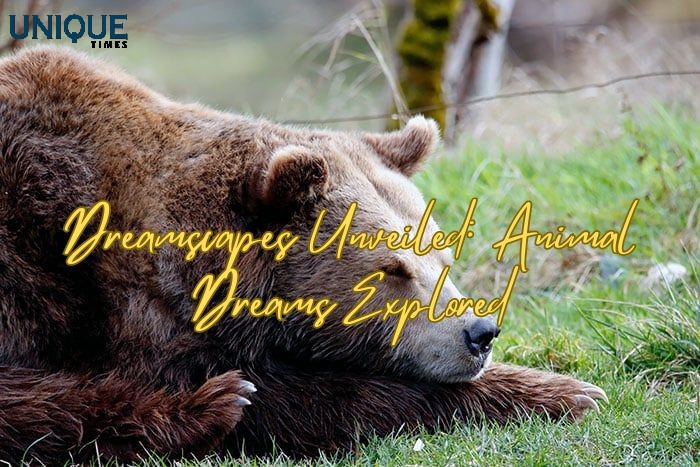Dreamscapes of the Wild: Unveiling Fascinating Facts About Animal Dreams

The realm of dreams, often considered exclusive to humans, extends its mysterious influence to the animal kingdom. From the majestic to the minuscule, animals experience a world of dreams that offer insight into their cognitive abilities and emotional landscapes. Let’s embark on a journey into the intriguing realm of animal dreams, exploring the parallels and unique aspects that distinguish their nocturnal adventures.
1. Shared REM Sleep
Similar to humans, many animals experience REM (Rapid Eye Movement) sleep, a phase associated with vivid dreaming. Observations of animals in REM sleep reveal rapid eye movements, increased brain activity, and muscle paralysis—a combination reminiscent of our own dream states.
2. Sleep Patterns Vary Widely
While some animals, like cats and dogs, have sleep patterns resembling those of humans, others exhibit unique sleep behaviors. For instance, dolphins engage in unihemispheric slow-wave sleep, where one hemisphere of their brain remains active while the other rests. This allows them to maintain awareness of their surroundings, crucial for survival in the open ocean.
3. Dreaming for Problem-Solving
Studies suggest that animals, especially those with complex cognitive abilities, may use dreaming as a mechanism for problem-solving and learning. The hippocampus, a brain region associated with memory and learning, is active during REM sleep in both humans and animals, indicating a potential connection between dreaming and cognitive processes.
4. The Curious Case of Birds
Birds, with their remarkable diversity, showcase intriguing sleep patterns. Some birds, like ducks, can sleep with one eye open, a phenomenon known as unihemispheric slow-wave sleep. Additionally, songbirds exhibit brain activity during sleep that mirrors the patterns observed when they are singing, hinting at a connection between their vocalizations and dreams.
5. Dreaming in Color
Research on dogs suggests that they might see color in their dreams. Dogs have dichromatic vision, similar to some colorblind humans, and the brain activity recorded during their REM sleep indicates responses to different colors. This raises the possibility that dogs experience a visual dreamscape enriched with hues.
6. Dreaming in Slow Motion
The metabolic rate of animals influences the speed of their dreams. Smaller animals, with faster metabolisms, experience dreams in a condensed timeframe compared to larger animals. This fascinating aspect of dreaming sheds light on the intricate relationship between physiology and the dream experience.
7. Dreaming Across the Spectrum
From mammals to birds and even some invertebrates, evidence suggests that a spectrum of animals engages in dreaming. The common thread lies in the connection between neural activity during sleep and the potential for dream-like experiences, offering a glimpse into the rich inner lives of creatures big and small.
As we unravel the mysteries of animal dreams, it becomes evident that the nocturnal realm is not exclusive to humans. Instead, it’s a universal phenomenon that adds layers of complexity to our understanding of the consciousness that spans the entire animal kingdom.








